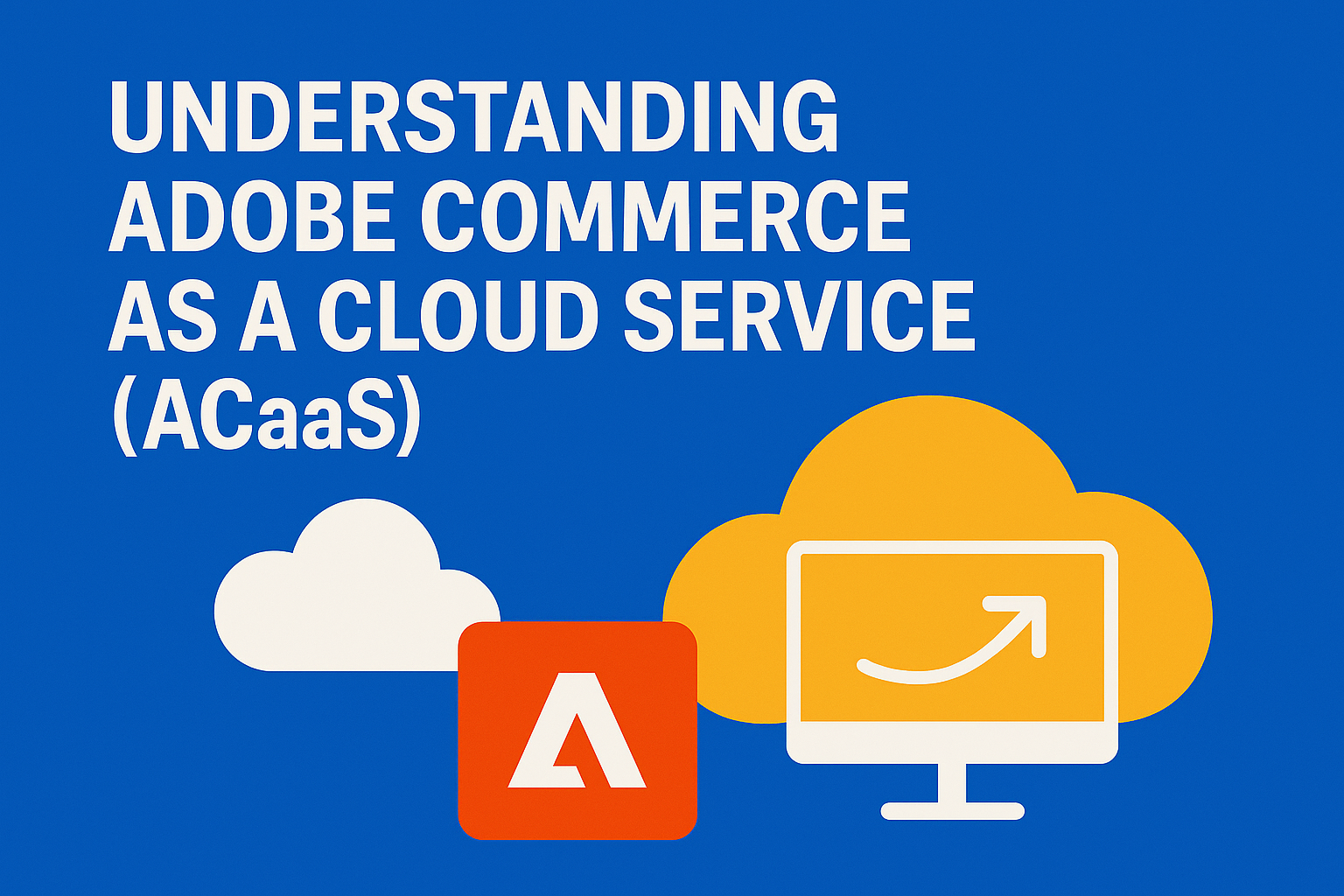IronPlane's Adobe Commerce Services
IronPlane is an Adobe Commerce agency with over 10 years of dev experience. Learn more about how we can help you achieve your eCommerce goals.

Adobe Commerce and Magento Open Source have traditionally been available as either on-premise platforms or through Adobe Commerce Cloud (ACC), a Platform-as-a-Service solution. Adobe has now introduced Adobe Commerce as a Cloud Service (ACaaS)—a fully managed, cloud-native SaaS solution intended to simplify operations and enhance scalability.
Before we dive in, it’s important to acknowledge that ACaaS is still relatively new, meaning there are limited real-world examples demonstrating precisely how it performs in practical, everyday scenarios. Additionally, much of the available information about ACaaS currently comes directly from Adobe's own promotional materials. This series is designed to provide the clearest insights possible based on the information currently available, but readers should keep these considerations in mind.
However, an important question arises: who is ACaaS really for? While it might initially seem like a natural next step for businesses using Adobe Commerce Cloud or Magento Open Source, ACaaS represents a fundamentally different approach. Transitioning from a traditional or even cloud-hosted Adobe platform to a fully SaaS-based, composable architecture may not automatically be the right choice for every existing Adobe or Magento customer. Indeed, ACaaS could be equally suitable—or unsuitable—for businesses operating on entirely different technology stacks.
This series of articles will explore this critical consideration, equipping CTOs and technical leaders with clear insights to determine whether migrating to ACaaS aligns with their organization's strategic and technical goals.
Adobe Commerce as a Cloud Service is Adobe's fully managed, cloud-native SaaS eCommerce platform. Introduced in 2025, ACaaS differs from traditional Adobe Commerce deployments by offering businesses a solution where Adobe directly manages infrastructure, scalability, and ongoing platform maintenance.
| Feature | Magento Open Source | Adobe Commerce Cloud (ACC) | Adobe Commerce as a Cloud Service (ACaaS) |
|---|---|---|---|
| Hosting Type | On-premise / Self-managed cloud | Managed Cloud (PaaS) | Fully Managed Cloud (SaaS) |
| Infrastructure Management | Internal Responsibility | Shared Responsibility | Managed by Adobe |
| Customization Flexibility | High (full code access) | High (with limitations) | Moderate (API & modular extensions) |
| Update Process | Manual (internal team) | Manual (planned by team) | Automatic (continuous updates) |
| Scalability | Manual setup | Semi-automatic | Automatic (elastic) |
| Architecture | Monolithic | Monolithic (with modular capabilities) | Composable (modular, API-first, headless) |
| Edge Computing | Not available | Limited | Available |
| Initial Complexity | Moderate to High | Moderate to High | Moderate to High |
Where the ACaaS architecture aligns with an eCommerce business’s specific needs, the following benefits may be realized:
However, businesses must carefully evaluate whether the constraints around customization and third-party integrations fit their operational requirements.
This article has reviewed essential considerations when evaluating Adobe Commerce as a Cloud Service. Future articles will continue to provide detailed guidance, helping businesses better understand this new platform option from Adobe and clearly determine the suitability of ACaaS for their unique strategic and technical needs.

IronPlane is an Adobe Commerce agency with over 10 years of dev experience. Learn more about how we can help you achieve your eCommerce goals.

Find an eCommerce solution that fits both your needs and budget with this guide comparing the pricing of Magento Open Source and Adobe Commerce.

Learn the differences between Magento Open Source and Adobe Commerce to help you decide what solution is best for your eCommerce business.